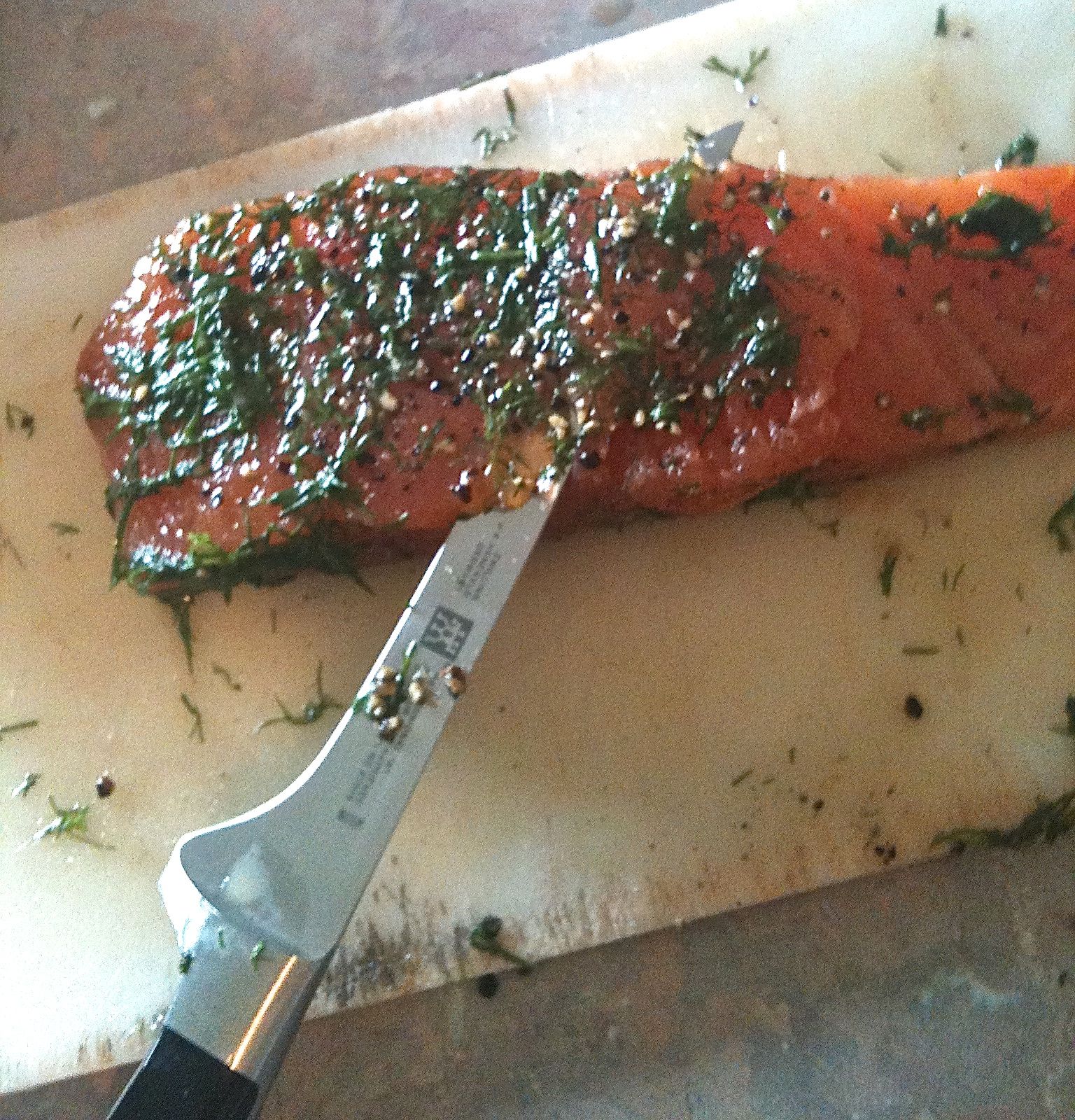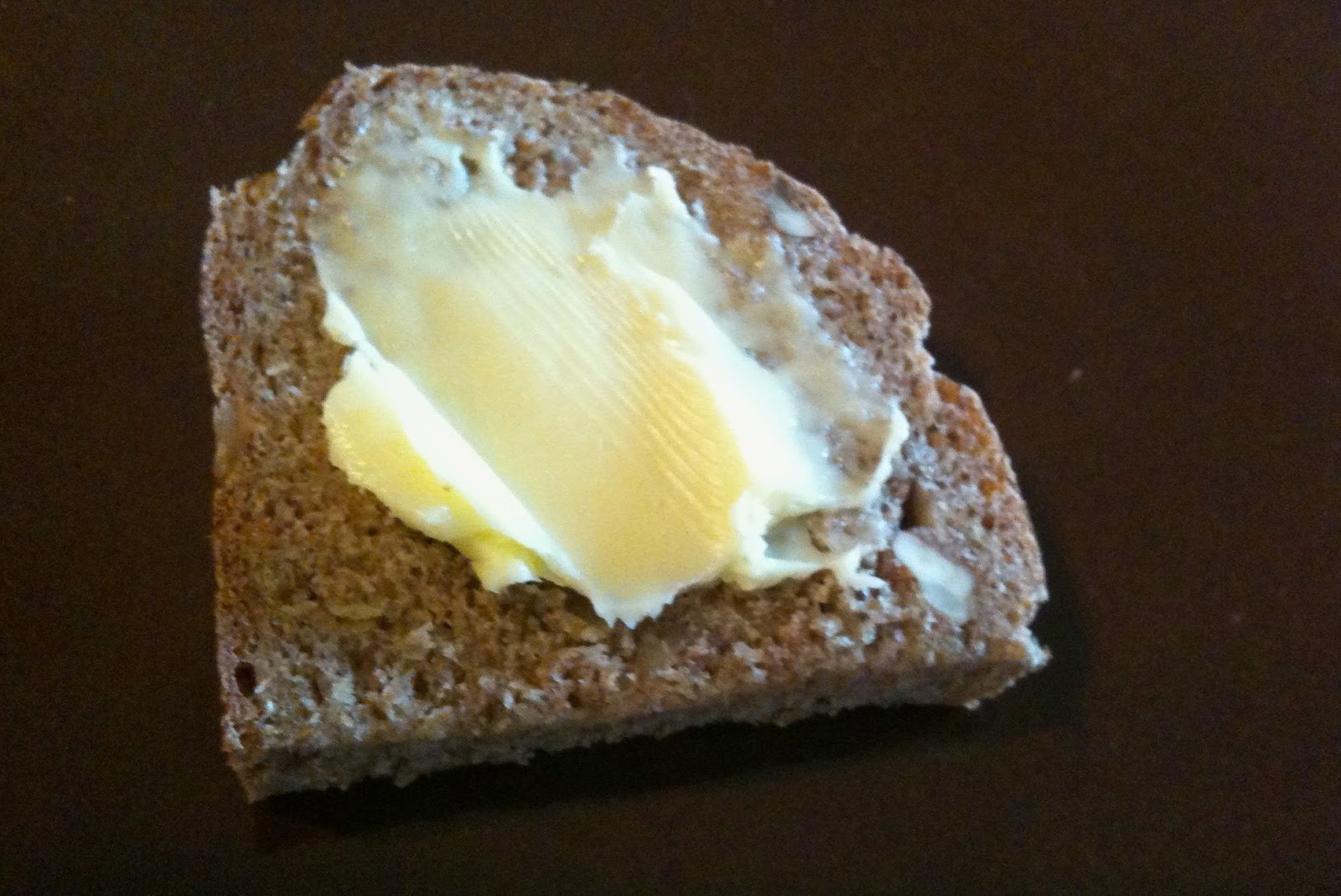No cheese, Gromit. Not a bit in the house ...
I do like a bit of gorgonzola...
What's wrong with Wensleydale??...
I could just fancy some cheese, Gromit. What do you say? Cheddar?...
Immortal words from Nick Park's wonderful creation, Wallace, the mad animated cheese-lover with the extremely clever dog. He's not the oly one who is partial to a bit of cheese. I am myself. I buy cheese often. Sometimes I buy it at the supermarket and sometimes I buy it from the makers at the farmers market, and sometimes I buy it at the Hill St Grocer for something a bit fancy, and sometimes I go all out and visit somewhere with a cheese room and splurge a fortune on something unusual and amazing. And then - I know. I KNOW. I just slap a bit of cling film on it and chuck it in the fridge.
Australia (and the USA) doesn't treat cheese as a wonderful, growing, changing thing, We treat it like it's a nasty little corpse and we wrap it up very tightly in plastic and we keep it at the coldest temperature possible so it stays 'fresh'. No no no no NO.

Cheese is better than that. Cheese develops and matures and ripens, and changes its flavour all the way through. Cheese should be cosseted and looked after and loved, not shoved into the fridge behind the mouldy dip and that smoked salmon that you don't feel like eating but can't bear to throw away. Cheese should be respected for its ability, like fine wine, to age gracefully and be better two weeks later than on the day of its purchase.
I'm embarrassed to say I have treated cheese worse than anyone in the past. Now, I know that most of us (this includes me) don't have the money or the motivation to buy our own cheese rooms. But I'm trying to learn a new way and stick to it, and I've found a wonderful new product to help me: CHEESE PAPERS.
These are basically just sheets of lightly waxed paper that come in a pack of 18 sheets, 11x14 inches square (large enough to wrap a large chunk, but not too big to be annoying).
They also come with a couple of sheets of labels so that you can transfer the details of the cheese when you wrap it.
Why would you bother with cheese wrappers when there's perfectly good Glad Wrap in the kitchen drawer?
Cheese - particularly soft and semi-hard cheeses like brie, camembert, mozzarella and others - doesn't like being wrapped in plastic.
Hard cheeses like cheddar and parmesan are less needy but many cheesemongers recommend that they too should be stored in waxed paper, or in a cheese bag, which is a good alternative.
Soft cheeses need a bit of air around them in order to ripen and develop their flavour. Some people refer to this as letting the cheese 'breathe'. Cling film does not allow the cheese any air. It can make the cheese too watery and can affect the flavour. In the end, rather than a cheese that gets too ripe, you'll have a cheese that goes rotten.
The reason waxed paper is good is that it allows some, but not a huge amount, of air to circulate around the cheese. It's enough to allow the cheese to breathe.
Ideally you should store cheese at about 12.5 degrees Celsius (53 degrees F). This is a bit higher than most fridges. In Australia (particularly in Tasmania where I live) you could consider storing your cheeses in a cool cupboard during the winter, protected by wrappers or a glass cheese dome. In summer. put it in the fridge but put it in the produce drawer because this is usually a little warmer than the rest of the fridge.
If you're interested in the cheese wrappers that I've shown here, I bought them for $16.95 (AUD) at the State Cinema Bookshop in Hobart, or you can find them here. But I've seen a few different ones around, so have a look in good delis and bookshops.
Happy cheese eating from Dr (cheesy) Cupcake!



















